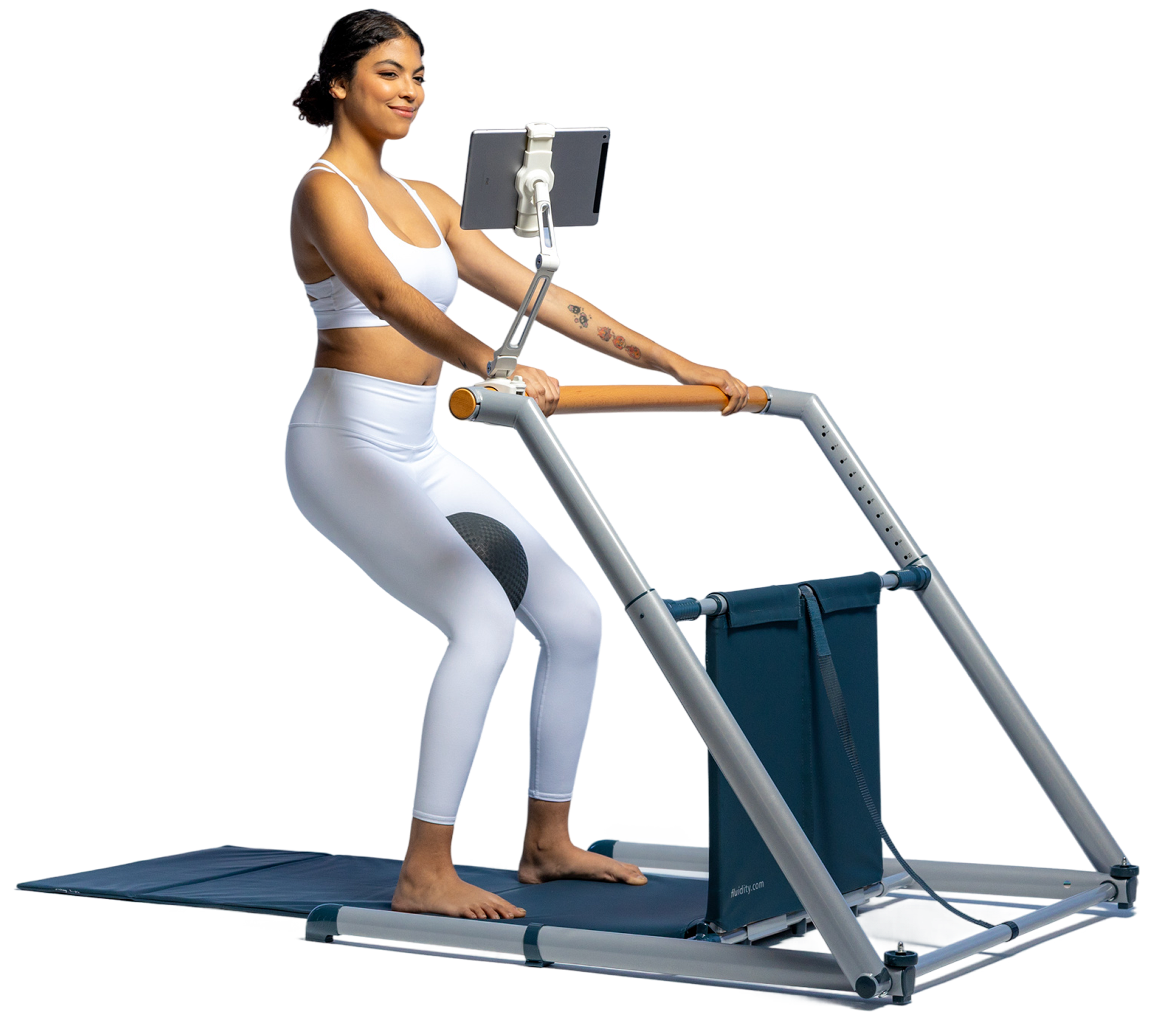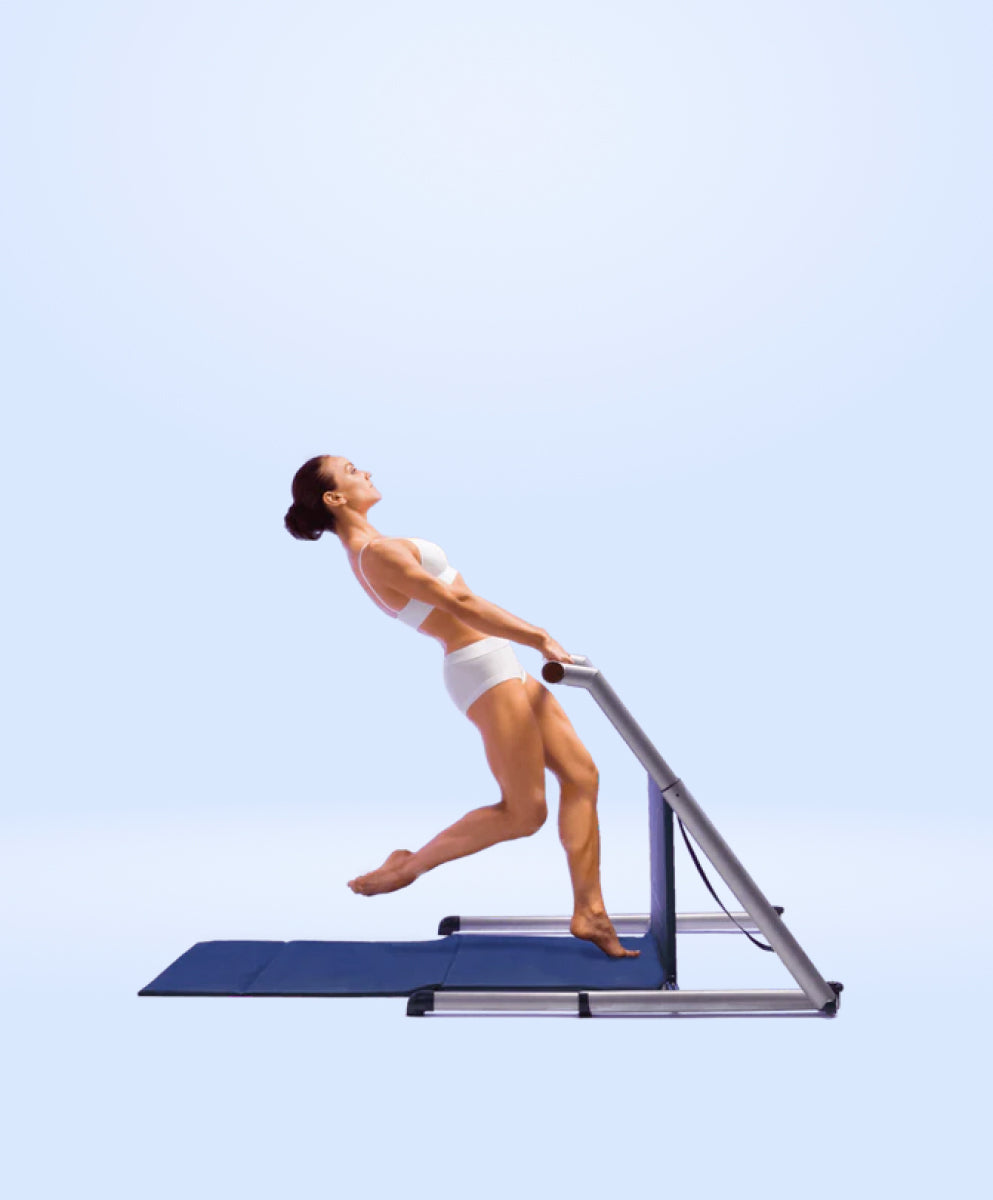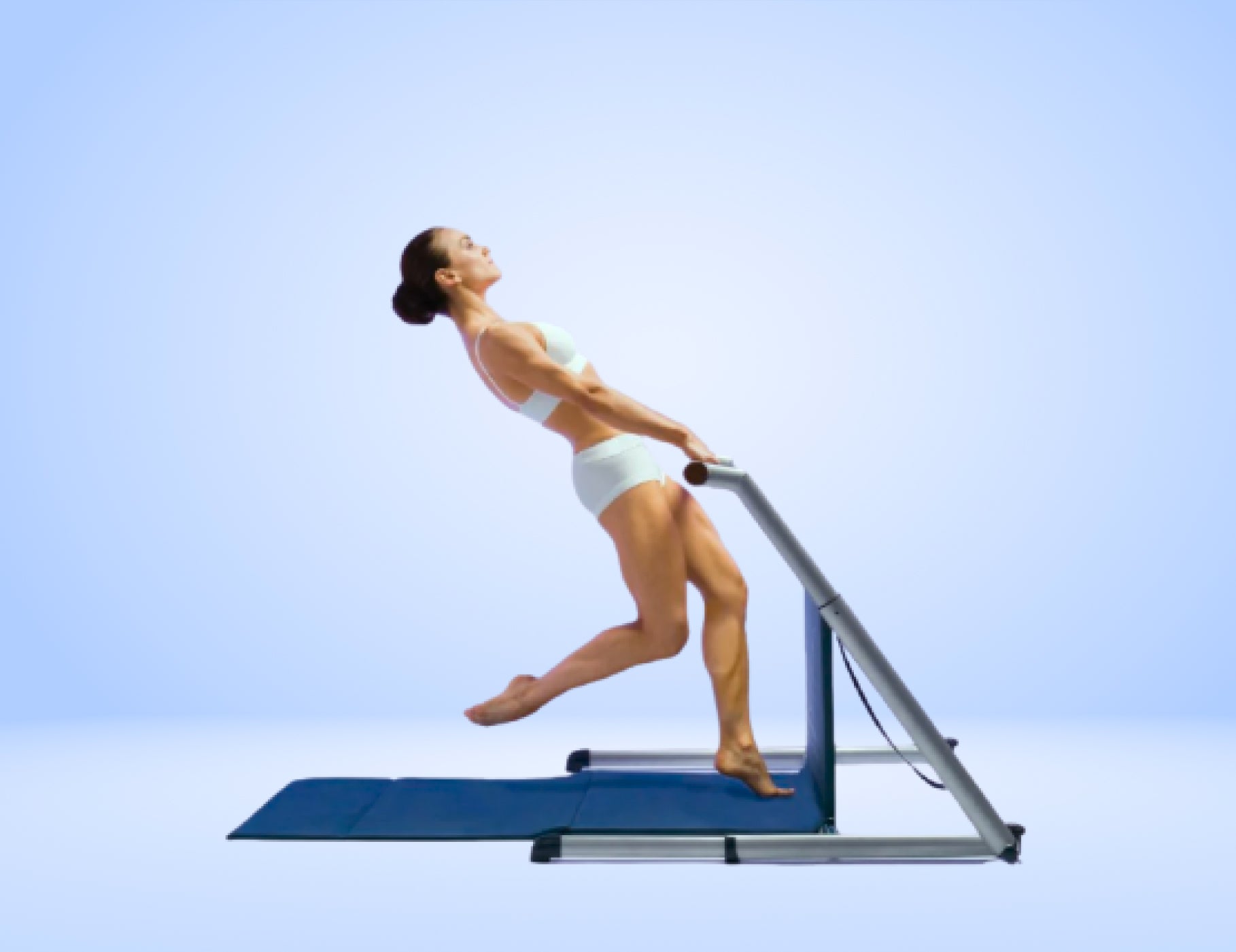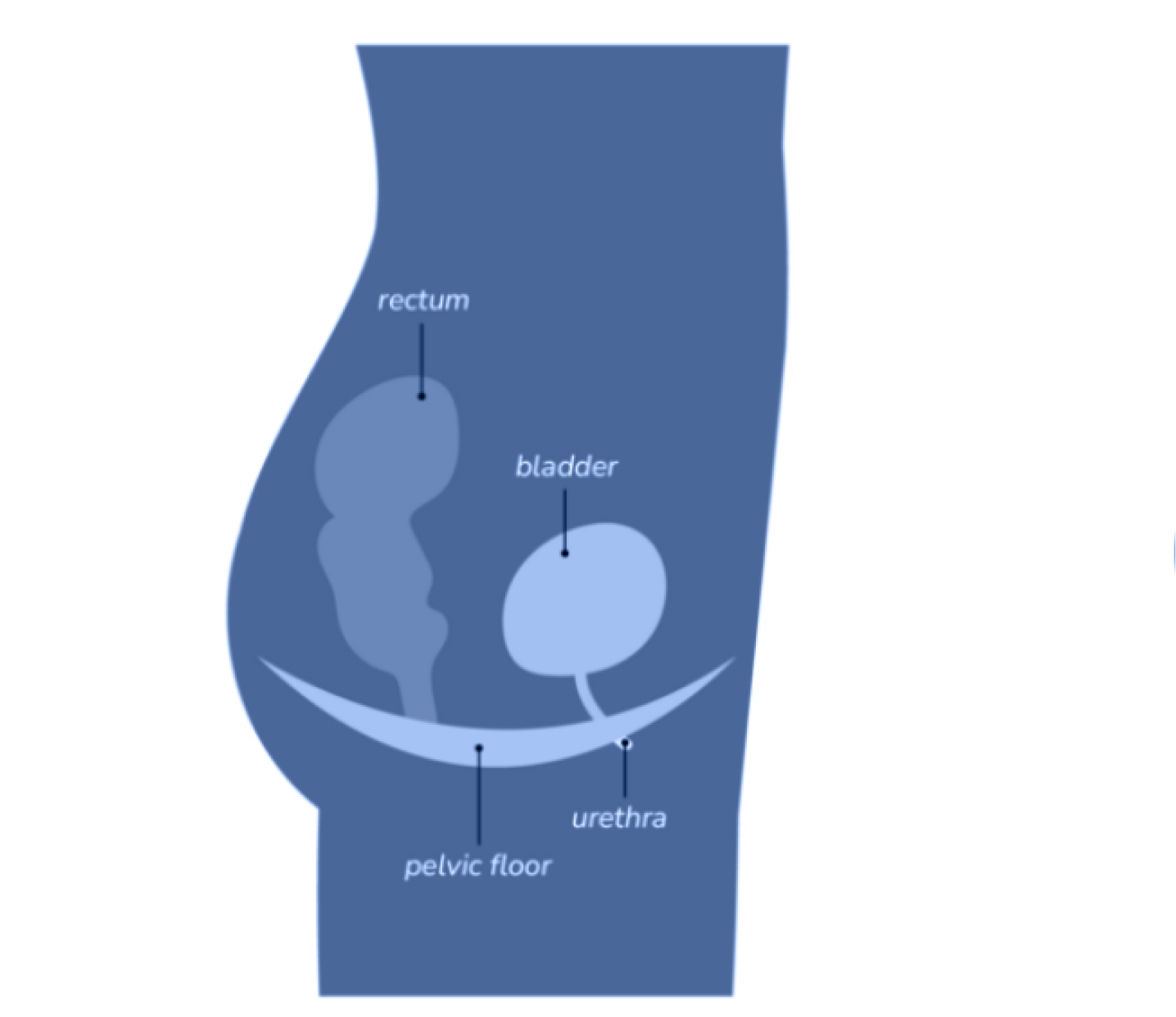
How Fluidity Rx Helps With Pelvic Floor Muscle (PFM) Dysfunction
- The PFMs function to provide core muscle support and assist with control of intra-abdominal pressure.
- The PFMs support and help control the pelvic organs (bladder, vagina, rectum, penis).
- The PFMs interact during sexual activity. For optimal function, the PFMs must be able to contract and relax, both on purpose (voluntarily) and reflexively (involuntarily), and they must have power (strength), endurance, and coordination.
Fluidity Rx trains the pelvic floor muscles (PFMs) for optimal function.
- The Pelvic Floor Muscles need to be organized into a neutral posture with Fluidity Rx and strengthened with integration, coordinating many inner and outer unit muscles, utilizing both slow and fast twitch fibers appropriately and improving all-around strength, coordination, flexibility and posture to unravel the individual’s compensation pattern of their dysfunction. Only in an involuntary neutral Pelvis are the PFM’s in a neutral length and able to fire and function optimally.
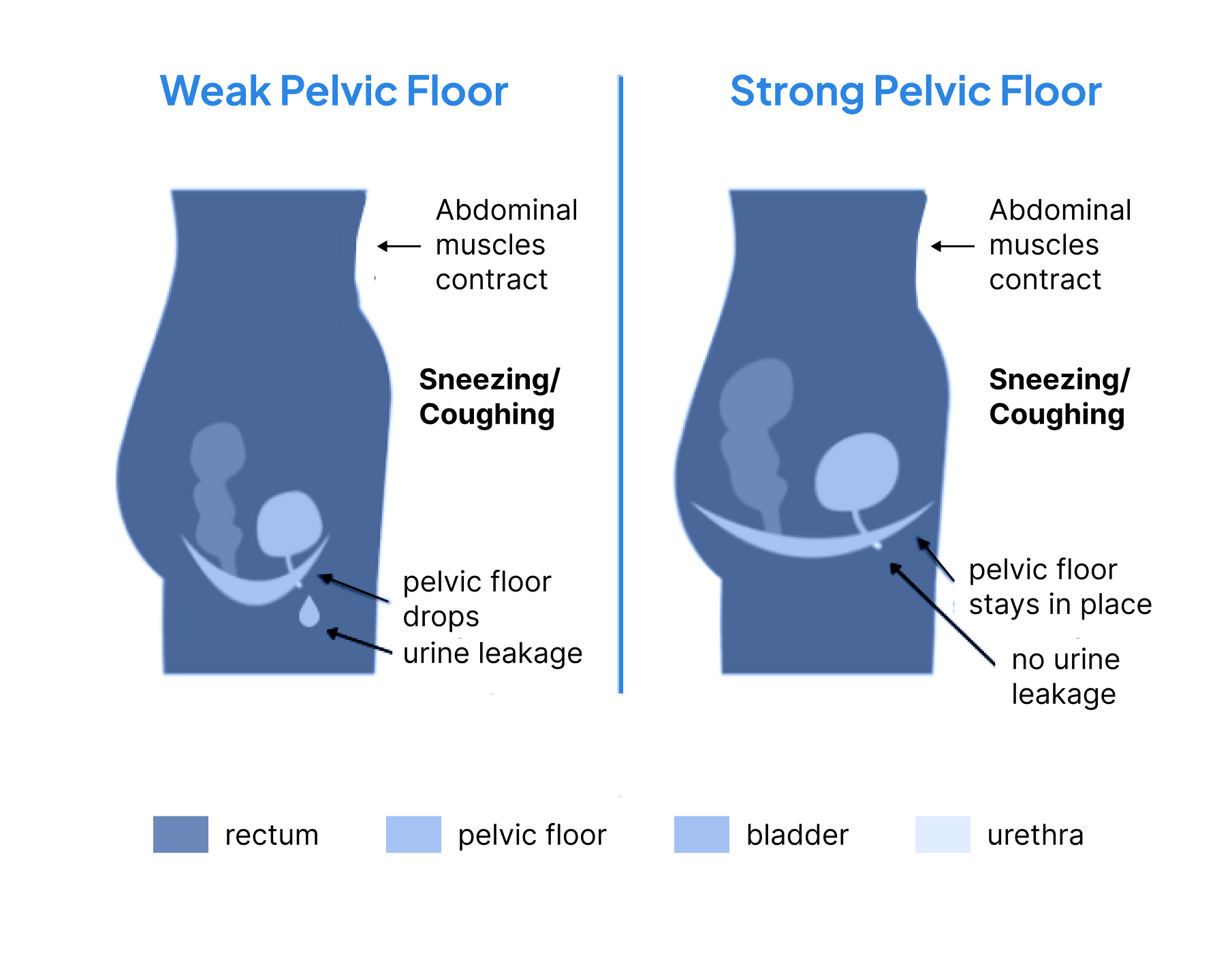
The Impact of Pelvic Floor Muscle (PFM) Dysfunction
The PFMs are skeletal muscles located inside of the pelvis. The PFMs attach from the pubic bone in front to the tailbone (coccyx) in the back, and they attach to the deep hip rotator muscles (obturator internus muscles) along the side walls of the pelvis.
- When the pelvic floor muscles are not working properly, the muscles cannot purposefully (aka voluntarily) nor reflexively (aka involuntarily) contract and relax correctly.
- The fast-twitch fibers become predominant, and the slow-twitch endurance fibers lose their power and influence.
- The PFMs become underactive or “loose and weak” or they become overactive or “short and tight and weak.”
- The PFM can also become uncoordinated so that they contract when they are supposed to relax leading to bladder, bowel, and pain problems.
Types of Pelvic Floor Dysfunctions

Underactive PFM

Overactive PFM

PFM Incoordination

PFM Dyssynergy
© IHH Healthcare Singapore
How Pelvic Tilts Lead to PFM Dysfunction
A misaligned pelvis disrupts the foundational alignment needed for coordinated pelvic floor muscle function. When the pelvis tilts or rotates, it alters joint positioning and nerve signaling, causing muscles to over activate, under-recruit, or fire asymmetrically. This imbalance can lead to dysfunctions like incontinence, pain, prolapse, or difficulty with bowel and bladder regulation.
1
2
3
4
Fluidity Rx Trains Users into a Neutral Pelvis
A neutral pelvis restores the structural foundation needed for balanced pelvic floor muscle engagement, allowing for proper contraction and relaxation without compensation. This alignment improves nerve signaling, joint stability, and pressure regulation across the core, helping resolve issues like incontinence, pain, and prolapse. By supporting symmetrical muscle activation and fascial glide, a neutral pelvis creates the conditions for reflexive, resilient pelvic floor function.
*All PFM’s are at a neutral length equaling optimal function.
Your Core The Inner Unit
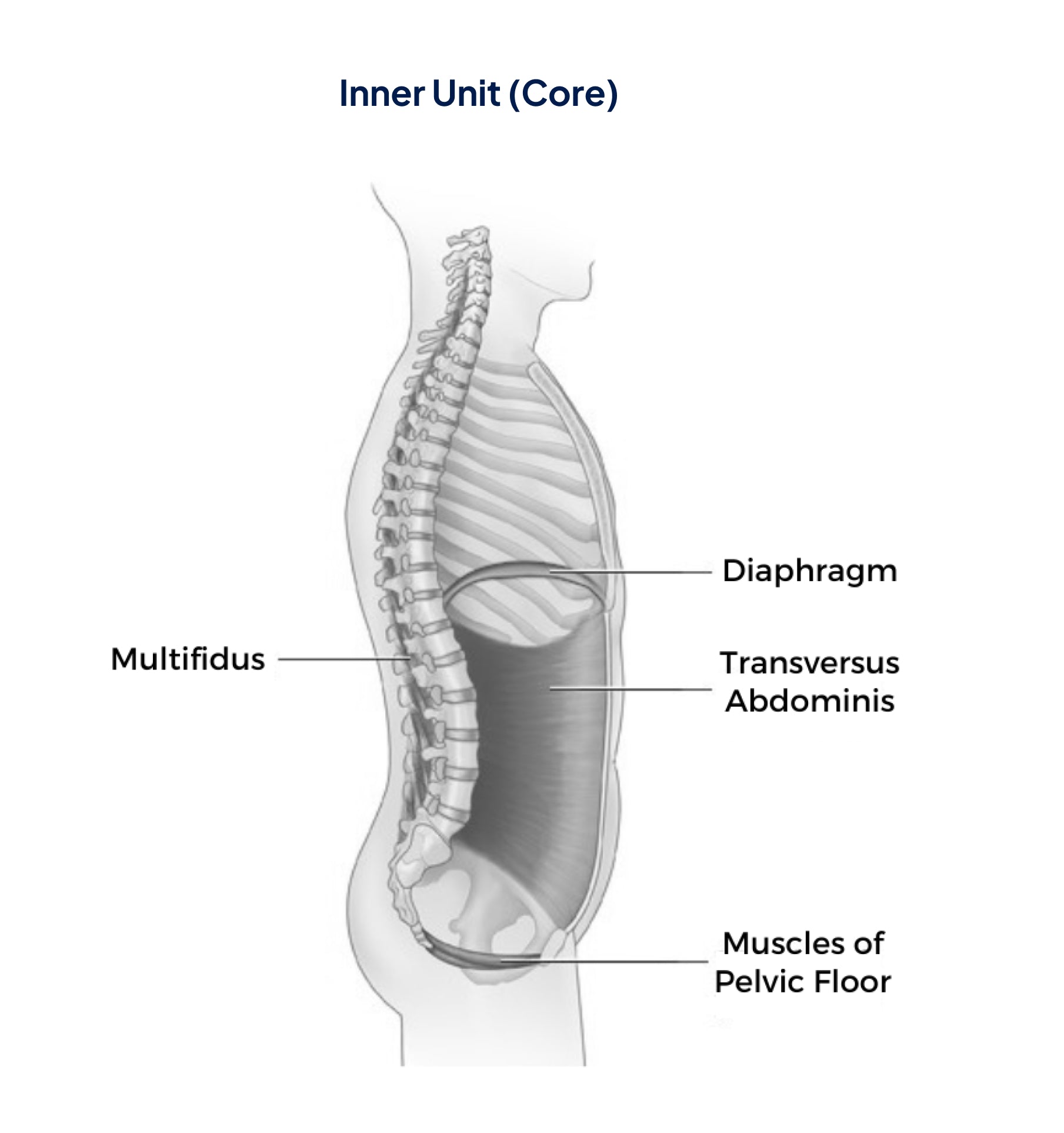
The Inner Unit automatically activates to:
- Control intra-abdominal pressure (the pressure in the abdomen between the lungs and the pelvic floor)
- Stabilize the spine and pelvis before you move your arms and/or legs during movement
When intra-abdominal pressure (IAP) is functioning optimally, It
- Helps Stabilizes the Spine and Core
- Coordinates Breathing and Movement
- Enhances Strength and Ensures Coordinated Force Distribution from the Torso to the Limbs.
- Supports Pelvic Floor and Organ Function.
- Promotes Postural Alignment

“Fluidity Rx provides the optimal method for not only pelvic floor muscle training but also to incorporate the pelvic floor muscles functionally into optimal movement patterns. Fluidity Rx training maximizes a person’s ability to modulate intra-abdominal pressure by the precise training of co-contraction of the pelvic floor with the abdominal, spine, and diaphragm muscles for inner core muscle strength.”
Dr. Cindy Neville
PT, DPT, WCS
Women with Stress Urinary Incontinence are 17 times more likely to heal if they strengthen their pelvic-floor muscles [1]
Women with Stress Urinary Incontinence are 17 times more likely to heal if they strengthen their pelvic-floor muscles [1]
